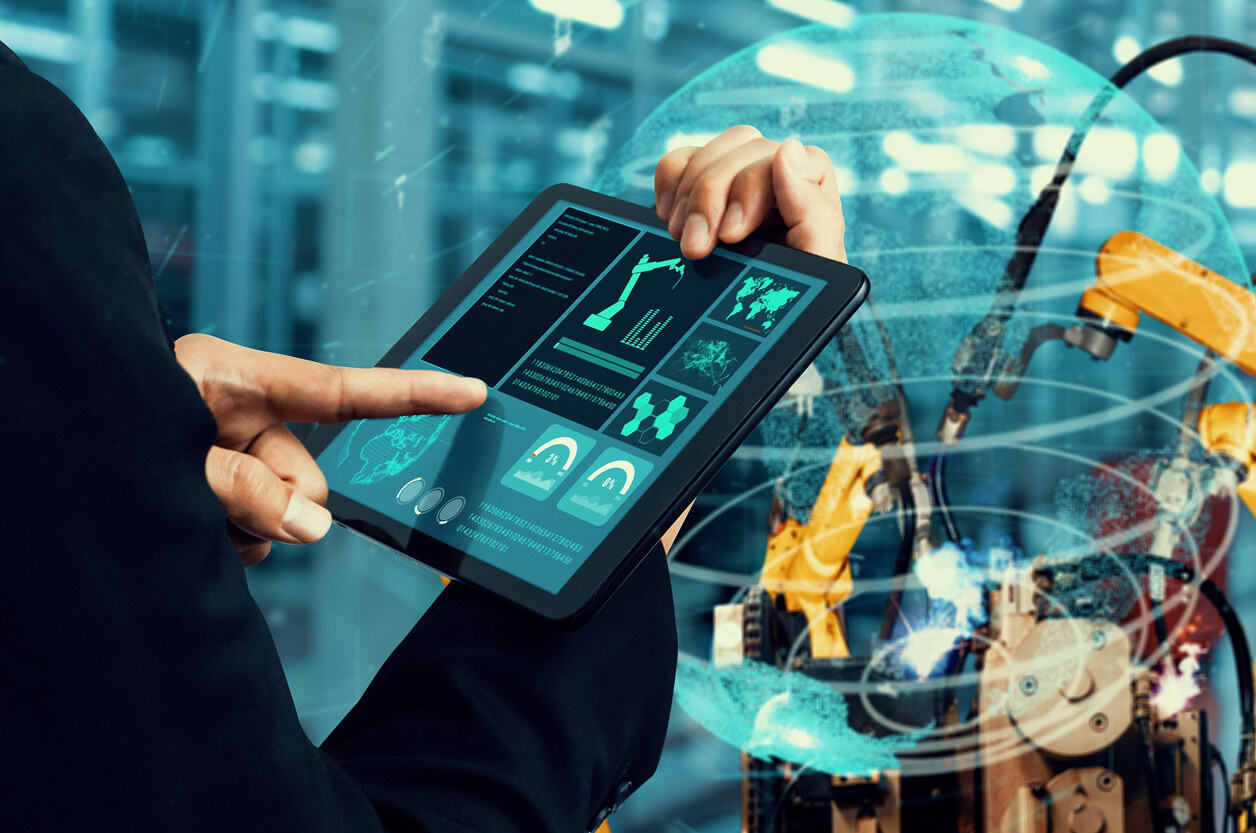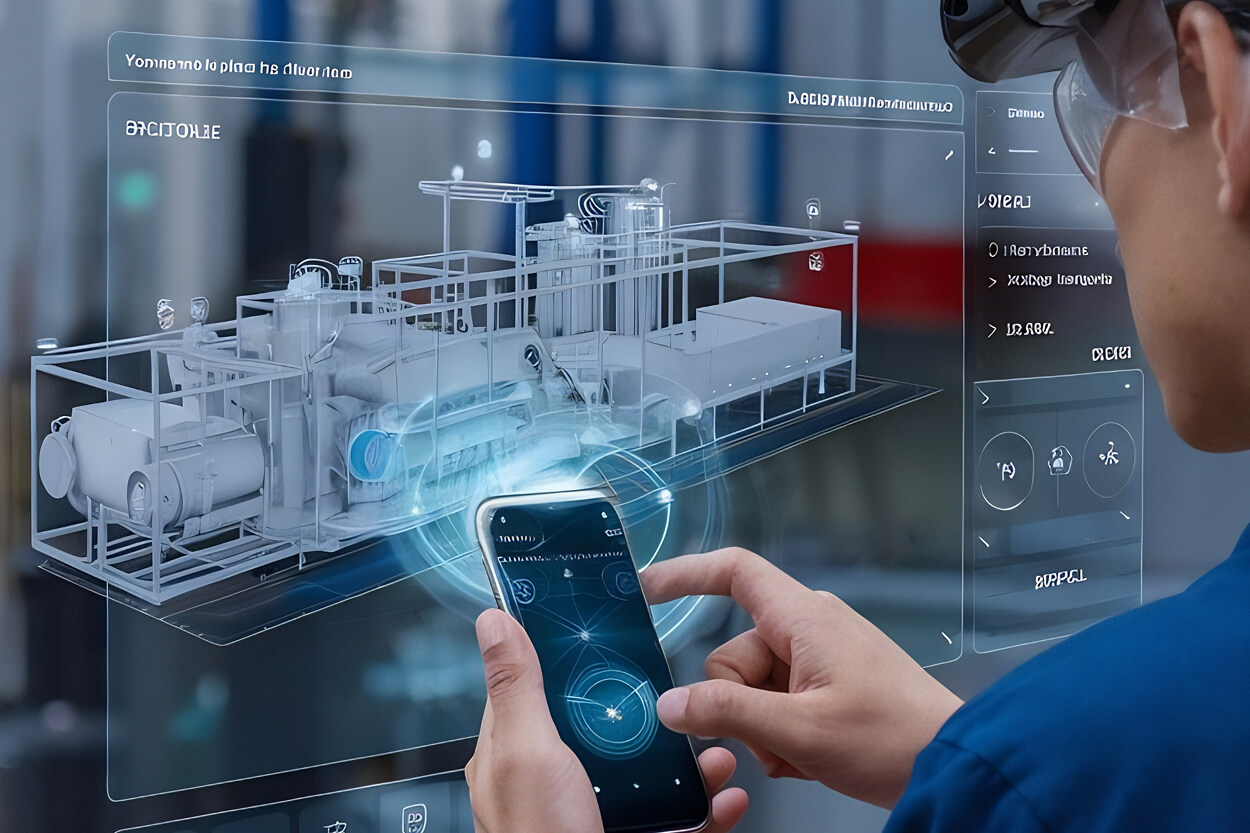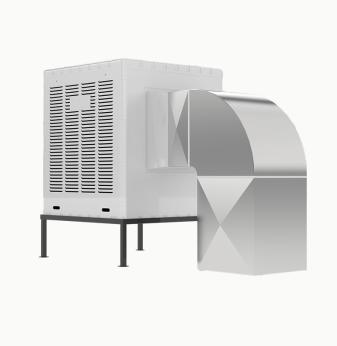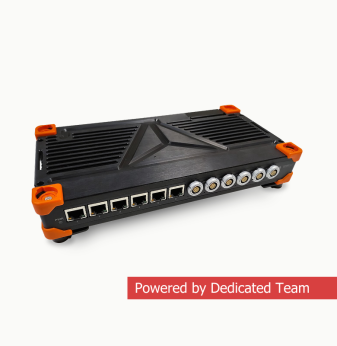The Next Leap in Industrial HMI: Floating Holographic Interfaces Built on Embedded Hardware

For decades, the human-machine interface (HMI) in industrial systems has followed a predictable path: physical switches evolved into panels, panels into touchscreens, and touchscreens into sleek multi-touch displays. But the next revolution is already visible — or rather, floating in mid-air.
Holographic embedded displays are bringing contactless, three-dimensional interaction to factories, vehicles, and control rooms.
By projecting visual elements into free space and embedding the rendering logic directly into edge hardware, they combine immersive visualization with the ruggedness and determinism industrial environments demand.
This is not science fiction. The convergence of embedded optics, AI-based gesture tracking, and low-latency rendering has turned holographic HMI from a lab prototype into a near-term design option for industrial systems.
From panels to projections: how industrial HMI evolved
Industrial control started with hardware buttons and analog gauges. In the 1990s, touchscreens began to replace mechanical input, enabling flexible UIs and dynamic process visualization. But as touch displays spread, new challenges emerged:
- contamination and wear from constant contact;
- limited visibility under bright lighting;
- and restricted depth perception for complex 3D data.
Holographic interfaces address these limitations by projecting interactive visuals into the air — no physical surface needed. Operators can view data in true 3D, interact through gestures or eye movement, and maintain sterile or hands-free workflows.
For embedded engineers, this shift means something crucial: rendering and sensing move closer to the hardware layer. The system no longer depends solely on a central PC — instead, embedded processors, FPGAs, and AI accelerators drive the holographic experience locally and in real time.
What makes a display holographic — and embedded
A holographic embedded display combines three technologies working together:
- Optical projection hardware — micro-lens arrays, waveguides, or light field projectors that reconstruct volumetric images in space.
- Embedded computing — SoCs, GPUs, or FPGAs that generate the holographic image at the edge with millisecond timing.
- Sensing and feedback — 3D cameras, LiDAR, or radar sensors detecting hand gestures, motion, and operator intent.
Unlike AR or VR headsets, holographic displays project images that are visible to the naked eye. There’s no need for glasses — and in industrial environments, that’s a major advantage. Operators can monitor or control equipment without additional gear while still perceiving depth and spatial context.
Core technologies enabling holographic embedded HMI
1. Real-time rendering on embedded hardware
Modern SoCs and FPGAs with embedded GPUs or neural accelerators can handle volumetric rendering directly on the device.
They use lightweight 3D engines optimized for industrial UIs — rendering process data, alarms, or simulation overlays in holographic form without cloud latency.
For example, a holographic control node might visualize a robotic arm’s motion trajectory in real time, allowing an operator to “see” future movements before they happen.
2. Optical waveguides and micro-projectors
Instead of large holographic chambers, industrial systems rely on compact optical waveguides integrated into panels or surfaces.
Micro-LED projectors emit structured light patterns that reconstruct a floating image above the display plane. These can form numerical readouts, interactive buttons, or even full 3D dashboards visible at multiple angles.
3. Contactless gesture tracking
Embedded vision sensors and radar-based motion detectors capture operator gestures without physical contact.
By fusing input from cameras, depth sensors, and AI models running on the same embedded board, the system interprets hand movements as commands — swiping, pressing, rotating virtual controls, or zooming data layers.
4. Sensor fusion and environment adaptation
Industrial settings are complex — bright light, dust, gloves, and machinery can interfere with sensors.
To handle this, holographic modules combine multiple sensing modalities and dynamically adjust brightness, contrast, and focus.
Edge AI continuously calibrates the image projection and gesture recognition to maintain stable interaction under any condition.
5. Safety and compliance integration
Because holographic HMIs are touchless, they align naturally with sterile or hazardous environments (chemical plants, medical production, cleanrooms).
Embedded safety controllers can lock or change UI states depending on operator identification or gesture verification, ensuring only authorized interactions trigger machine responses.
Practical use cases
Industrial robotics
Holographic control panels display robotic arm motion, torque levels, and safety zones directly in 3D space.
Operators can visualize and adjust movement paths with hand gestures, eliminating the need for physical teaching pendants.
Automotive manufacturing
On assembly lines, technicians can view part alignment or torque data as floating overlays above the workspace, minimizing errors and downtime.
Oil, gas, and energy systems
Holographic HMIs can show 3D pipeline maps or turbine diagnostics in control rooms, letting engineers analyze performance intuitively and react faster to anomalies.
Medical device production
Cleanrooms benefit from contactless operation — holographic dashboards reduce contamination risk while maintaining full operator control.
Aerospace and defense
Maintenance crews can project component diagrams or live telemetry directly next to aircraft parts, improving situational awareness and reducing training time.
Engineering and design challenges
Developing holographic embedded HMIs pushes the limits of both optics and embedded design. Key challenges include:
- Processing load: volumetric rendering requires high bandwidth and parallelism — demanding FPGA-based or multi-core SoC architectures.
- Thermal management: compact optical modules and processors generate significant heat in enclosed environments.
- Latency: gesture-to-response latency must remain below 50 ms for natural interaction.
- Calibration and alignment: holographic projection depends on precise optical geometry; mechanical vibration or drift can distort the image.
- Durability: optical coatings and waveguides must resist dust, vibration, and temperature swings typical of factory floors.
As embedded GPUs and AI accelerators evolve, these constraints are gradually easing.

How holographic interfaces enhance human performance
Unlike flat screens, holographic HMIs engage spatial cognition. Operators don’t just read numbers — they see process flows, movement trajectories, or component structures in 3D context.
This improves understanding, reduces error rates, and shortens reaction times.
Moreover, eliminating physical contact means no downtime for cleaning, no glove compatibility issues, and no risk of electrical contamination — ideal for environments where safety and hygiene matter.
Finally, holographic interaction reduces cognitive fatigue. Humans naturally process spatial information more efficiently than symbolic data. When control information “lives” in physical space, the brain expends less effort translating between display and reality.
Integration roadmap for industrial OEMs
- Hybrid panels: the first step combines standard touchscreen HMIs with small holographic elements for visualization (alarms, gauges, alerts).
- Partial projection: mid-term systems project floating overlays from embedded projectors into operator work zones.
- Full holographic dashboards: long-term, entire control surfaces are replaced by free-floating, gesture-driven holographic environments powered by edge embedded platforms.
Integration requires a multidisciplinary approach — optical engineering, embedded software, user experience design, and safety certification.
Leading chip vendors already provide reference designs for holographic rendering and gesture sensing — using heterogeneous SoCs with AI accelerators, ISP pipelines, and MIPI sensor interfaces.
The human factor
The transition to holographic HMI isn’t purely technological — it’s also about trust and ergonomics.
Operators need intuitive control metaphors that mirror physical motion, not complex abstract gestures.
Industrial designers must consider fatigue from holding hands in mid-air and provide resting modes or hybrid controls.
Training, feedback loops, and careful UI design will determine how quickly this technology becomes mainstream.
Outlook: from visualization to collaboration
The long-term vision extends beyond single-user control. Imagine multiple technicians viewing and interacting with the same holographic projection from different angles, each seeing personalized data layers.
Or collaborative control rooms where digital twins float in mid-air, merging live telemetry with predictive models.
As embedded computing power increases and optical projection modules shrink, holographic interfaces will become as common as touchscreens — the natural endpoint of the HMI evolution curve.
AI Overview: Holographic Embedded Displays in Industrial HMI
Holographic embedded displays project interactive visuals into free space, enabling contactless, gesture-driven control for industrial systems.
Key Applications: industrial robotics visualization, cleanroom HMIs, energy system dashboards, aerospace maintenance, automotive assembly.
Benefits: hands-free operation, improved safety and hygiene, enhanced spatial awareness, reduced error rates, intuitive user interaction.
Challenges: optical calibration, processing load, thermal management, latency control, and UI ergonomics.
Outlook: by 2030, holographic HMIs powered by embedded SoCs and AI sensors will replace touchscreens in advanced industrial and automotive control environments.
Related Terms: holographic HMI, light field projection, gesture recognition, embedded optics, 3D visualization, edge AI interface.
Our Case Studies








